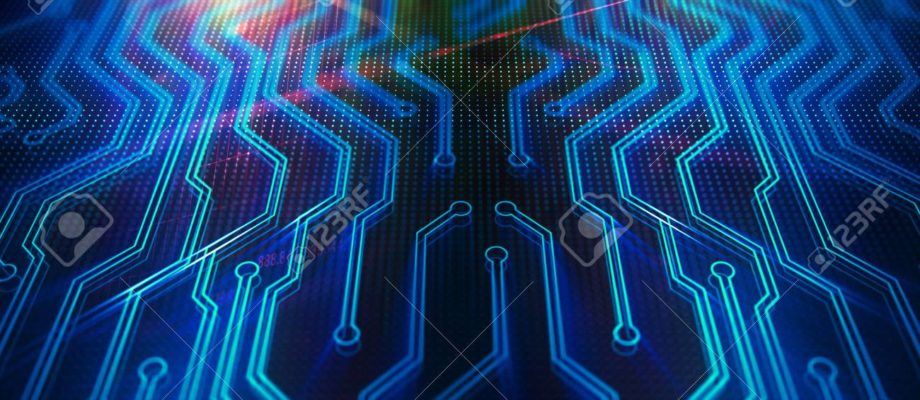Implementing a fiber-optics solution can be a complex task when just getting started as there are many different standards available to choose from. This article intends to explain some of the fundamentals of fiber optic cable and connectors to aid you with choosing the right components for your fibre deployments.
Getting the basics correct when it comes to cable and connectors is vital to achieving the best results on your fibre network. Integra stocks a wide range of fibre cable, components and accessories to provide you with the right gear to develop your fibre business.
Cables – whether you install indoors, outdoors, underground, aerial or underwater, each of these applications will require different types of cable composition. After selecting the cable type, you need to consider the fibre core itself, as different types of technology are used to transmit and receive signals.
Multi-mode fiber has a fairly large core diameter that enables multiple light modes/paths to be propagated and limits the maximum length of a transmission link because of dispersion. On the positive side multimode is the most cost-effective fibre technology and very popular for uplinking switches or expanding your LAN over shorter distances.
Single-mode fiber is an optical fiber designed to carry only a single mode of light – the transverse mode. Single mode technology uses a longer wave (1310/1550nm) over a much smaller core to only allow one mode of light compared to multimode technology which uses a short wave light source (850/1300nm) with a larger fibre core diameter. This minimises the amount of attenuation of the light source and therefore is able to travel over much longer distances. Although more expensive than multi-mode it is ideal for WAN infrastructure and fibre to the home (FTTH) deployments.
Connectors are used to terminate fiber-optic cables/pigtails and they are different in size, colour and build form depending on the network device are used to connect to and fiber optic cable types. Usually, the connectors are dictated by the types of hardware at the deployment. LC connectors appear to be the most popular due to their economical design and small footprint. Other popular choices are SC, FC, E2000 etc. with different kind of connecting adjustments such as UPC, APC, PC.


